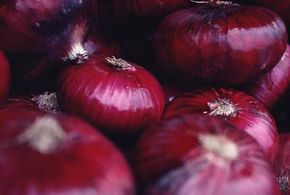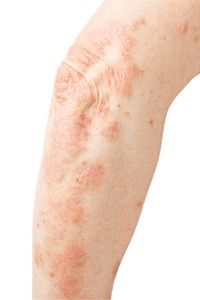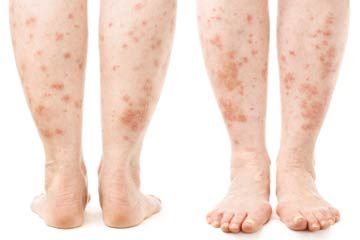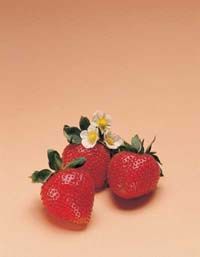Boils can be an unsightly bother, but for the most part they're fairly harmless. They only stick around for a few weeks as well, and can be treated using a few remedies you can find in your home. Before we get to the remeides, let's learn a bit about boils.
Simmering Them Down
Boils have been a problem since the beginning of time. These painful bumps even got a mention in the Bible as one of the ten plagues used to convince the Egyptians to let the Israelites go. Even today, boils make people cringe. They are painful and unattractive. The good news is, though they look and feel awful, most boils are harmless. And, ironically enough, most of the treatments for boils have been around since the Egyptian doctors found themselves dealing with a boil epidemic.
Advertisement
Debunking the Furuncles
Boils start out harmless enough, but they become monsters overnight. Typically, a red spot or pimple-like knot you notice on your underarm one day turns into a swollen, painful lump the next. Boils, or furuncles, as they're known in medical circles, are a result of a bacterial infection, usually staphylococcus, setting up house in a hair follicle. The bacteria gets an open-door invitation when the hair follicle is traumatized. This can happen from a blockage, such as might occur from an oily ointment or lotion, or from irritation, as can happen when clothing rubs against the follicles. People who tend to get boils frequently are staph carriers and therefore physiologically more prone to get boils. Other problems, such as acne, dermatitis, diabetes, and anemia, can increase your risk of contracting the staphylococcus bacterial overgrowth. Men are more likely than women to get boils.
Boils can appear on any part of the body that has hair follicles, but they usually occur on the face, scalp, underarm, thigh, groin, and buttocks. Boils can vary in size from small, pimple-size sores to large, painful lumps, but they are typically larger than one-half inch in diameter.
The lifetime of a boil is about two weeks. During that time the boil will grow quickly, fill with pus, and burst. After it drains, the boil needs a little tender loving care as it begins to heal.
A cluster of boils is called a carbuncle. These are most frequently found at the back of the neck or the thigh. Carbuncles are more serious than boils and are frequently accompanied by fever and fatigue. There may be whitish, bloody discharge from the carbuncle. Carbuncles require medical attention.
We've got a few home remedies that can help alleviate the symptoms of boils on the next page.
For more information about boils and how to combat them, try the following links:
- To see all of our home remedies and the conditions they treat, go to our main Home Remedies page.
- Learn more about warts and how to care for them in, Home Remedies for Warts.
- Cut down on pianful blisters and read, Home Remedies for Blisters.
- Acne can be painful, and a bit of a nuisance, but its not untreatable. Learn how to get rid of acne in, Home Remedies For Acne.
This information is solely for informational purposes. IT IS NOT INTENDED TO PROVIDE MEDICAL ADVICE. Neither the Editors of Consumer Guide (R), Publications International, Ltd., the author nor publisher take responsibility for any possible consequences from any treatment, procedure, exercise, dietary modification, action or application of medication which results from reading or following the information contained in this information. The publication of this information does not constitute the practice of medicine, and this information does not replace the advice of your physician or other health care provider. Before undertaking any course of treatment, the reader must seek the advice of their physician or other health care provider.
Advertisement



